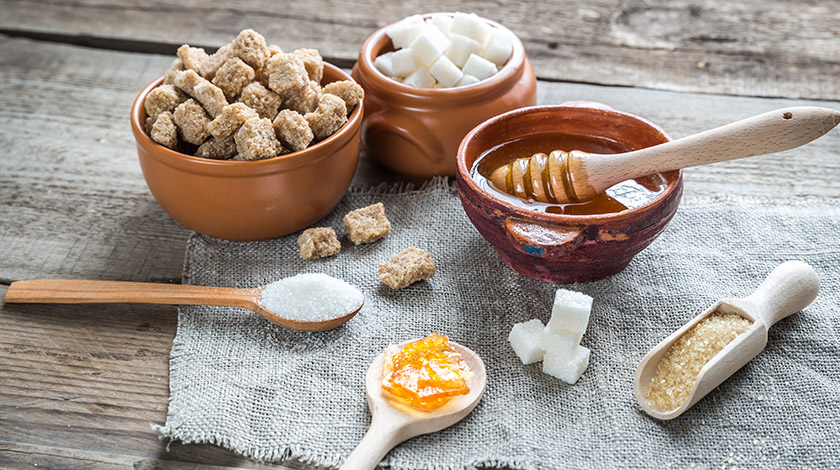When we think of ingredients in a recipe, the first words that come to our minds are probably "sugar", "chicken", "eggs" and the like. What about “fructose” and “monosodium glutamate”? These may sound like bizarre inventions right out of a test tube, but they are actually commonplace ingredients that can be found in plenty of store-bought ingredients.
These days, too few of us know how to read food labels.1 This article will identify ingredients that you should watch out for, which helps you shop smarter and healthier.
Sugars

To us, there are only two kinds of sugar — brown and white. But to a chemist or dietician, the list of sugars is virtually endless and comprises sucrose, fructose, dextrose, maltodextrin, molasses, and many more.
Just because you don’t see the word “sugar” on an ingredient label, does not mean it’s sugar-free. If you’re looking to reduce your sugar intake, keep an eye out for the above ingredients. Moderate sugar consumption is unlikely to have adverse effects on your health. But if a product contains more than 15 grams per 100 grams of sugar, you should approach it cautiously. They include fruit juice, honey and jams, because even natural sugars can contribute to weight gain, tooth decay and in extreme cases, diabetes risk.
Sweeteners
With all the furor surrounding sugar consumption in recent years, some diners have turned to artificial sweeteners instead. Have you heard of sorbitol, xylitol, aspartame, saccharin or isomalt? These are the ingredients responsible for making sugar-free gum taste sweet, or allowing diabetics to enjoy a sweetened cup of coffee.
However, not all artificial sweeteners are universally appropriate. For example, aspartame-based sweeteners may cause health complications in individuals suffering from Phenylketonuria 2 (or PKU for short).2 In addition, recent research suggests that while artificial sweeteners may be calorie-free, over-indulgence may still cause you to pack on the pounds. Artificial sweeteners “trick” the body into thinking it’s getting sugar, which then causes it to reduce its digestive efficiency.3 This in turn reduces metabolism and increases weight gain.
Monosodium Glutamate (MSG)

MSG, a kind of sodium, is responsible for what some people have termed the 5th flavor — umami. But while umami may make a food delicious, too much of a good thing always leaves one wanting. Some people report MSG sensitivity, with symptoms ranging from a rapid heartbeat and shortness of breath to flushing, sweating and headaches.4,5
MSG-rich food includes processed foods such as potato chips and instant noodles. Soy sauce and oyster sauce — ubiquitous in most Hong Kong kitchens — usually contain MSG.
Knowing what’s in our food is the first step to a healthier, more nutritious diet. Check out the food labels on your groceries. Have you unwittingly been consuming too much salt and sugar? If so, make a change today!
Sources
- Food Labels. NHS Choices. Visited 7 February 2013.
- Phenylketonuria PKU; Neonatal phenylketonuria PubMed Health. Visited 22 February 2013.
- “A Role for Sweet Taste: Calorie Predictive Relations in Energy Regulation by Rats,” Swithers SE and Davidson TL. Behavioral Neuroscience, Vol. 122, No. 1.
- U.S. Department of health and human services. Your guide to lowering blood pressure. Visited 7 February 2013.
- Food Standards Agency. Food Additives Legislation. Guidance notes.

